أنواع خنازير خط أنابيب الرغوة
Foam pipeline pigs are essential tools used for cleaning and maintaining pipelines. They come in various densities, each suited for different tasks and pipeline conditions. Here’s a breakdown of the three main types:
Low-Density Foam Pigs
Low-density foam pigs are lightweight and very flexible. They are excellent for light cleaning and wiping duties. Due to their softness, they easily navigate through tight bends and uneven pipeline sections without causing damage. These pigs are ideal for removing loose debris and minor deposits that accumulate inside the pipe.
Middle-Density Foam Pigs
Middle-density foam pigs are a bit sturdier and offer more aggressive cleaning capabilities compared to low-density pigs. They strike a balance between flexibility and strength, making them suitable for general cleaning tasks. These pigs can handle moderate deposits such as waxes, oils, and small-scale build-ups. Their versatility makes them popular for routine maintenance cleaning.
الخنازير الرغوية عالية الكثافة
High-density foam pigs are the toughest of the three. They are designed for challenging cleaning operations where heavy deposits and scale need removal. Despite being less flexible, they are very effective in scraping and dislodging hard-set contaminants from the pipeline walls. High-density pigs are best used in pipelines that require intensive cleaning to maintain optimal flow and prevent blockages.
Each type of foam pig serves a specific purpose, helping to ensure that pipelines operate efficiently and safely over their lifespan.
Parameters of Foam Pipeline Pigs
| اسم | Oil Pipe Pig |
| مادة | 1. steel framework main body. |
| 2. The disc material used to be Polyurethane, Viton, Neoprene, Nitrile butadiene etc. | |
| 3. كانت مادة الكوب تستخدم من مادة البولي يوريثين والفيتون والنيوبرين والنتريل بوتادين وما إلى ذلك. | |
| 4. فرشاة الصلب أو فرشاة النايلون. | |
| ميزة | 1. أولا ، مقاومة التآكل جيدة. |
| 2. ثانيا ، قدرة تمرير قوية. | |
| 3. أداء تنظيف لطيف. | |
| 4. ثم الموقع الدقيق والتتبع. | |
| 5. أخيرا ، انخفاض معدل الإيجابيات الكاذبة. | |
| طريقة التعبئة | معبأة الخنازير تنظيف الأنابيب مع فيلم من البلاستيك الداخلي وحالة خشبية الخشب الرقائقي الخارجي. |
| قسط | ترينيداد وتوباغو/LC |
| ميزة | 1. أولا ، أداء الختم الجيد. |
| 2. ثانيا ، مقاومة التآكل العالية. |
Why are they called pigs?
The term “pig” in the context of pipelines has a surprisingly practical origin. These devices, known as pipeline pigs, got their name not from their appearance but from the sound they make. When operators first used these tools, they noticed that the devices made a squealing sound similar to that of a pig as they traveled through the pipelines. This noise came from the friction between the pig and the pipeline walls, especially when the pipelines were slightly rough or irregular.
The name stuck because it was easy to remember and quite descriptive in a quirky way. Over time, the term became widely accepted in the industry. Today, everyone from field technicians to engineers commonly uses it without a second thought.
Moreover, the functionality of pipeline pigs has expanded significantly since their naming. Originally, they were primarily for cleaning the insides of pipes, but now they also perform tasks like inspecting the integrity of the pipeline and separating different products in a multi-product pipeline. Despite these advancements, the name remains the same, linking back to the tool’s humble beginnings and its distinctive, memorable sound. This historical tidbit adds a touch of character to an otherwise technical field.
Their significance in pipeline maintenance
Pipeline pigs play a crucial role in maintaining the health and efficiency of pipelines. These tools travel through the pipeline, performing various maintenance tasks that are essential for the pipeline’s long-term operation and safety.
Firstly, pipeline pigs help keep the inside of pipelines clean. They scrape away deposits like wax, rust, and other debris that can accumulate over time. This cleaning prevents blockages and ensures that fluids or gases flow smoothly, which is vital for operational efficiency.
Moreover, by removing these potential obstructions, pigs also help reduce the pressure needed to move substances through the pipeline. This reduction in necessary pressure means less energy consumption and lower operational costs, making the process more economical and environmentally friendly.
Overall, the use of pipeline pigs enhances safety, efficiency, and reliability in pipeline operations, proving their indispensable value in regular maintenance routines. Their contribution supports the longevity and productivity of pipeline systems, safeguarding both economic interests and environmental standards.
ملخص
Foam pipeline pigs are vital for maintaining pipelines efficiently and safely. These tools are available in low, middle, and high densities, each tailored for specific cleaning tasks. Low-density pigs excel in light cleaning, middle-density pigs handle moderate deposits, and high-density pigs tackle tough, heavy build-ups. Furthermore, the term “pig” originates from the noise these tools make, reminiscent of a squealing pig. These devices not only clean but also inspect and maintain pipeline integrity, significantly reducing operational costs and enhancing safety. Overall, their diverse functionalities make them indispensable in pipeline maintenance. If you have any needs for pigs, feel free to contact our EMT team. We will give you the best solution!


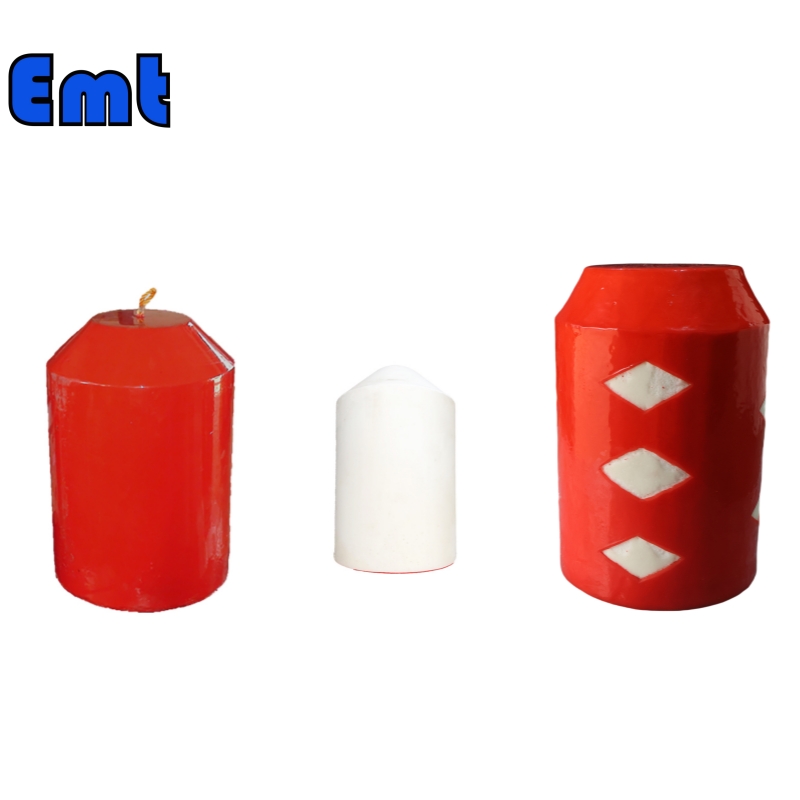
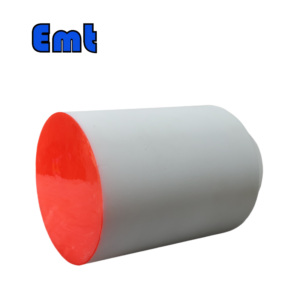
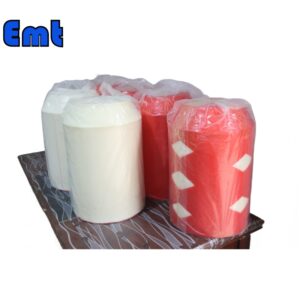
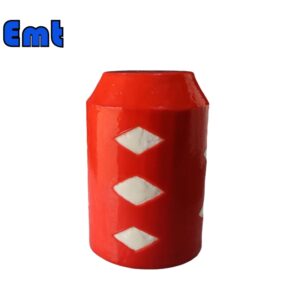
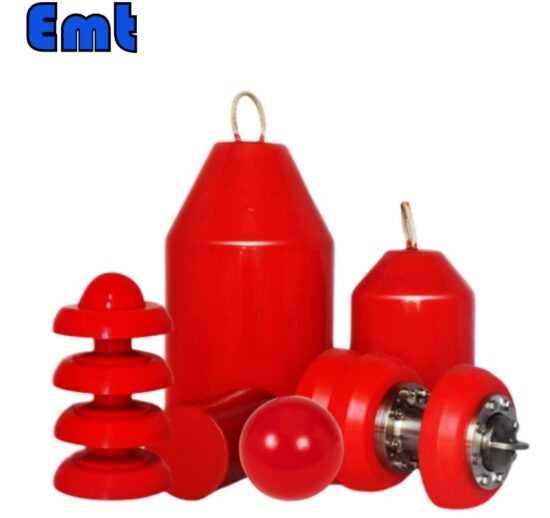


لا توجد مراجعات بعد.